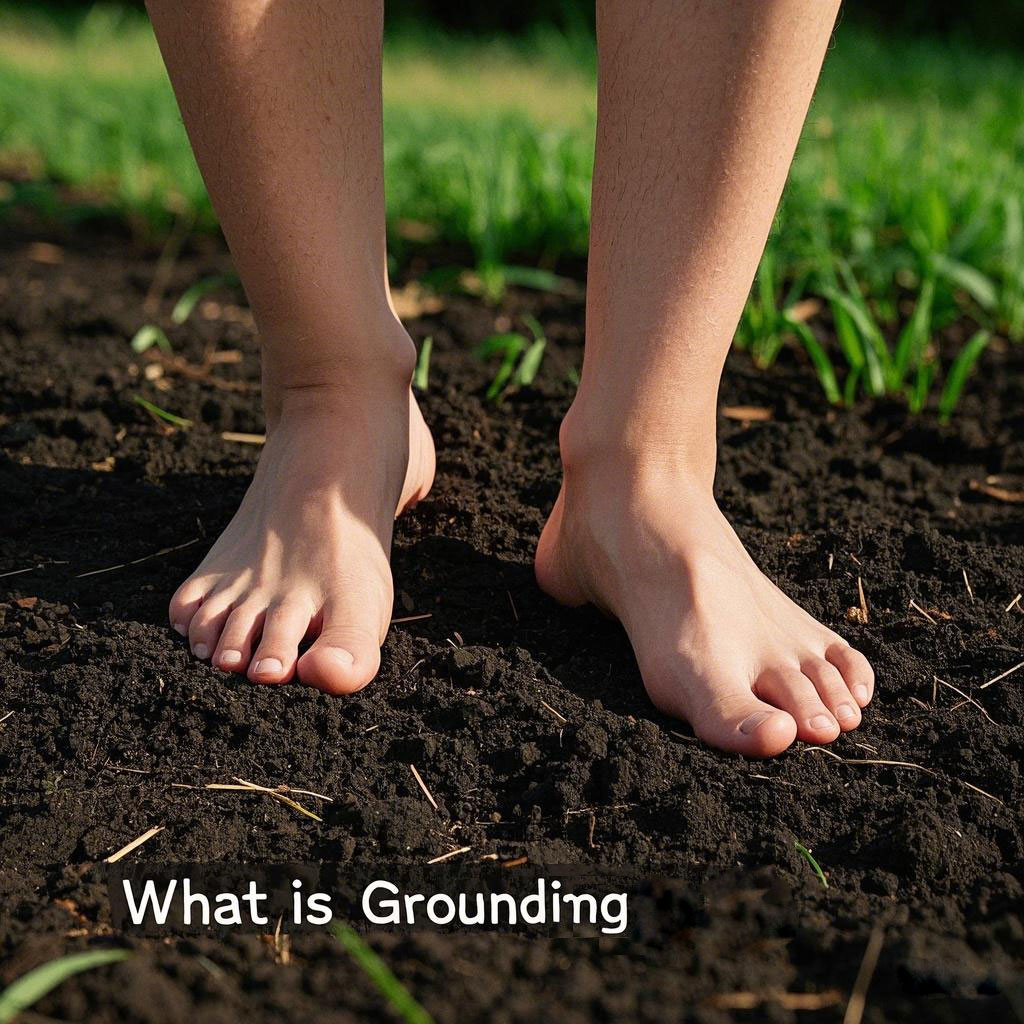What is Grounding?

Understanding Grounding and Earthing
Grounding, also referred to as Earthing, is a practice that centers around establishing a direct physical connection with the Earth's surface. This can be achieved through activities like walking barefoot on substances such as grass, soil, or sand. Additionally, it can be accomplished by using specialized grounding devices that are designed to mimic this direct contact.
The Science Behind Earth's Electric Charge
The underlying concept of grounding is founded on the understanding that the Earth possesses a natural negative electric charge. It is believed that when our bodies come into contact with the Earth, they have the ability to absorb free electrons. These free electrons are thought to play a significant role in maintaining our health.
Neutralizing Free Radicals
One of the proposed benefits is the neutralization of free radicals. Free radicals are highly reactive molecules in the body that can cause damage to cells and contribute to various health issues. By absorbing free electrons from the Earth, it is hypothesized that our bodies can counteract the harmful effects of free radicals.
Inflammation Reduction
Another potential benefit associated with grounding is the reduction of inflammation. Inflammation is a natural response of the body to injury or infection, but chronic inflammation can lead to a range of health problems. The absorption of free electrons during grounding is thought to have a modulating effect on the inflammatory process, potentially helping to reduce excessive inflammation and promote overall well-being.
Summary
In summary, grounding is a practice that aims to harness the natural electrical properties of the Earth to potentially improve health by neutralizing free radicals and reducing inflammation.
